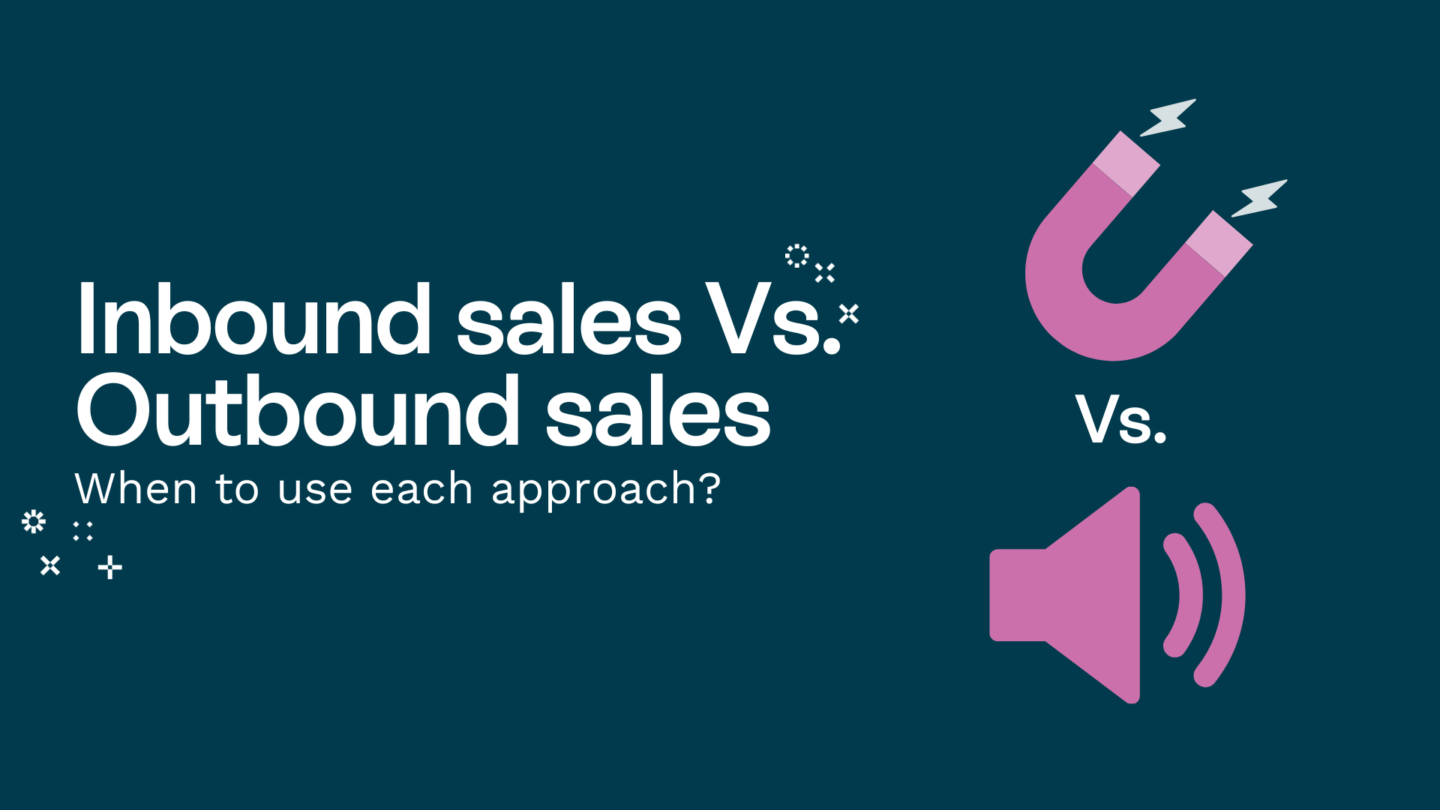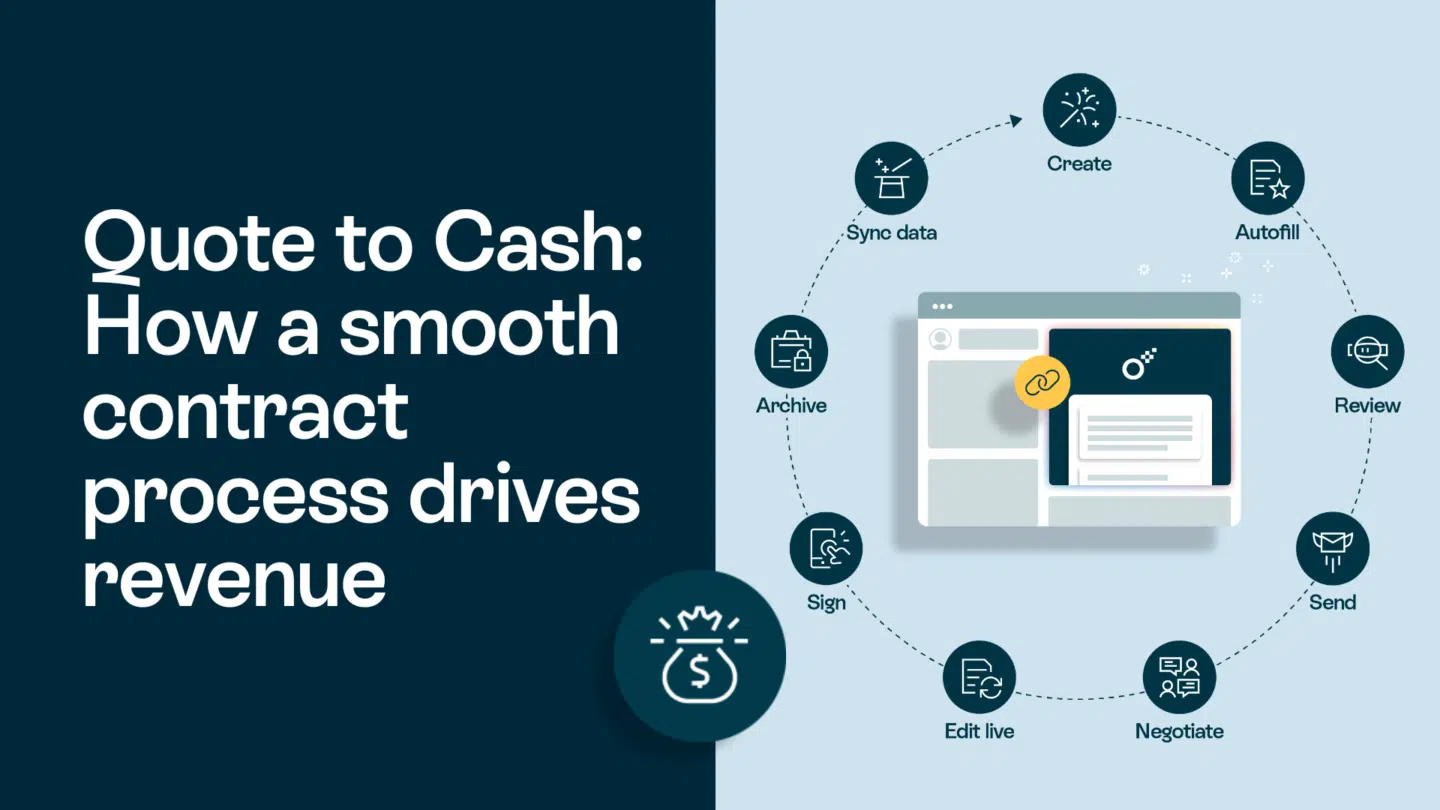A main purpose agreement is a legal document that outlines the primary objective or intention of a transaction or contract. It serves as a crucial tool that helps parties involved in an agreement to clearly define and understand the purpose and expectations of their arrangement. Whether it’s a business transaction, a partnership agreement, or even a lease contract, having a main purpose agreement in place can provide clarity, minimise misunderstandings, and protect the interests of all parties involved.
The bread and butter of a main purpose agreement
At its core, a main purpose agreement is designed to outline the core purpose and objectives of a particular transaction. It binds the parties involved and sets the foundation for the entire agreement. By clearly defining the main purpose, it becomes easier to establish the terms and conditions that will govern the arrangement. It serves as a roadmap, ensuring that all parties are on the same page and aligning their efforts towards the common goal.
Read also: What are digital contracts?

Just what is a main purpose agreement?
A main purpose agreement is a legally binding contract that clearly states the primary objective of a particular transaction or arrangement. It serves as a guiding document that outlines the core purpose, expectations, and roles of all parties involved. This agreement helps prevent any ambiguity or confusion that may arise throughout the course of the agreement, ultimately providing a solid foundation for a successful and mutually beneficial collaboration.
A brief history of main purpose agreements
The concept of main purpose agreements has been an integral part of legal systems for centuries. Early examples can be traced back to ancient Mesopotamia, where merchants would document their trade agreements on clay tablets. Over time, as trade and commerce expanded, the need for formal documentation became paramount. This led to the development of legal systems and the evolution of main purpose agreements as a crucial component of business transactions.
In modern times, main purpose agreements have become increasingly complex, reflecting the ever-changing dynamics of the business world. They have evolved to address various types of transactions, ranging from simple contracts between individuals to complex international agreements between corporations and governments.
Read also: Is an NDA the same as a confidentiality agreement?

Why is a main purpose agreement important?
A main purpose agreement plays a vital role in business transactions and legal disputes. Its importance cannot be overstated, as it provides a solid foundation for all parties involved to operate. Let’s take a closer look at the significance it holds:
Role in business transactions
When engaging in a business transaction, it is crucial to have a main purpose agreement in place. This agreement clarifies the objectives, expectations, and responsibilities of each party, ensuring a smooth and efficient transaction. By clearly defining the main purpose, it becomes easier to address potential issues or conflicts that might arise and to find mutually agreeable solutions. It also helps establish trust among the parties involved, laying the groundwork for a successful long-term relationship.
Impact on legal disputes
In the unfortunate event of a legal dispute, a main purpose agreement can significantly impact the outcome. It serves as evidence of the intention and expectations of the parties involved. Additionally, it can help determine the validity of any claims or defences made by the parties. By having a well-drafted main purpose agreement, the resolution of disputes can be streamlined, potentially avoiding costly and time-consuming litigation.
Read also: Changed your mind after signing a contract? Here’s what to do

Elements of a main purpose agreement
A well-structured main purpose agreement consists of several key components. Understanding these elements and their significance is crucial for creating a comprehensive and effective agreement.
Key components and their significance
The key components of a main purpose agreement typically include:
- Introduction: This section provides an overview of the parties involved and a brief description of the agreement’s purpose.
- Definitions and Interpretations: Clearly defining any specific terms or phrases used throughout the agreement is essential to avoid confusion or misinterpretation.
- Main Purpose: The main purpose section outlines the objective and goals of the agreement, setting the foundation for the entire arrangement.
- Terms and Conditions: This section details the specific terms, obligations, and responsibilities of each party, ensuring clarity and preventing any potential disputes.
- Duration and Termination: Clearly stating the duration of the agreement and the conditions under which it can be terminated helps manage expectations and potential conflicts.
- Confidentiality and Non-Disclosure: If applicable, outlining confidentiality obligations and restrictions on sharing sensitive information is crucial in safeguarding the interests of all parties involved.
- Dispute Resolution: Having a clear process for resolving disputes can mitigate potential conflicts and provide a framework for resolving any disagreements amicably.
- Governing Law and Jurisdiction: Specifying the governing law and jurisdiction enables all parties to understand under which legal system any potential disputes will be resolved.
Common terms and conditions
While the specific terms and conditions can vary depending on the nature of the agreement, some common elements include:
- Payment terms and conditions
- Delivery schedules and conditions
- Warranties and guarantees
- Intellectual property rights
- Termination and default provisions
- Indemnification and liability
Read also: Save time with these free business template from Oneflow

How to draft a main purpose agreement
When drafting a main purpose agreement, it’s crucial to ensure that the document captures the intent and expectations of all parties involved. Here are some essential steps to follow:
Essential steps to follow
1. Identify the Parties: Clearly identify all parties involved in the agreement, including their legal names, addresses, and contact information.
2. Define the Purpose: Provide a clear and concise description of the main purpose of the agreement, outlining the objectives and goals of the parties involved.
3. Enumerate Terms and Conditions: Carefully outline the specific terms and conditions of the agreement, leaving no room for ambiguity or misunderstanding.
4. Seek Legal Advice: If needed, consult with legal professionals to ensure that the agreement complies with applicable laws and regulations.
Mistakes to avoid
Avoiding common mistakes when drafting a main purpose agreement is crucial to protecting the interests of all parties involved:
- Assuming the Understanding: Clearly define and communicate all terms, conditions, and expectations to ensure that all parties have a shared understanding.
- Omitting Key Details: Ensure that all important details, such as payment terms, delivery schedules, and dispute resolution mechanisms, are clearly stated in the agreement.
- Neglecting Legal Requirements: Ensure that the agreement complies with relevant laws and regulatory requirements to avoid potential legal pitfalls.
- Not Reviewing the Agreement: Thoroughly review the agreement before finalising to catch any errors or omissions that could compromise the arrangement.
The key takeaways
In conclusion, main purpose agreements serve as vital tools in business transactions, providing clarity, preventing disputes, and safeguarding the interests of all parties involved. By understanding the concept, elements, and best practices of drafting these agreements, individuals and businesses can maximise the benefits and minimise the risks associated with their collaborations. Remember, a well-drafted main purpose agreement is the foundation for a successful and mutually beneficial relationship.







